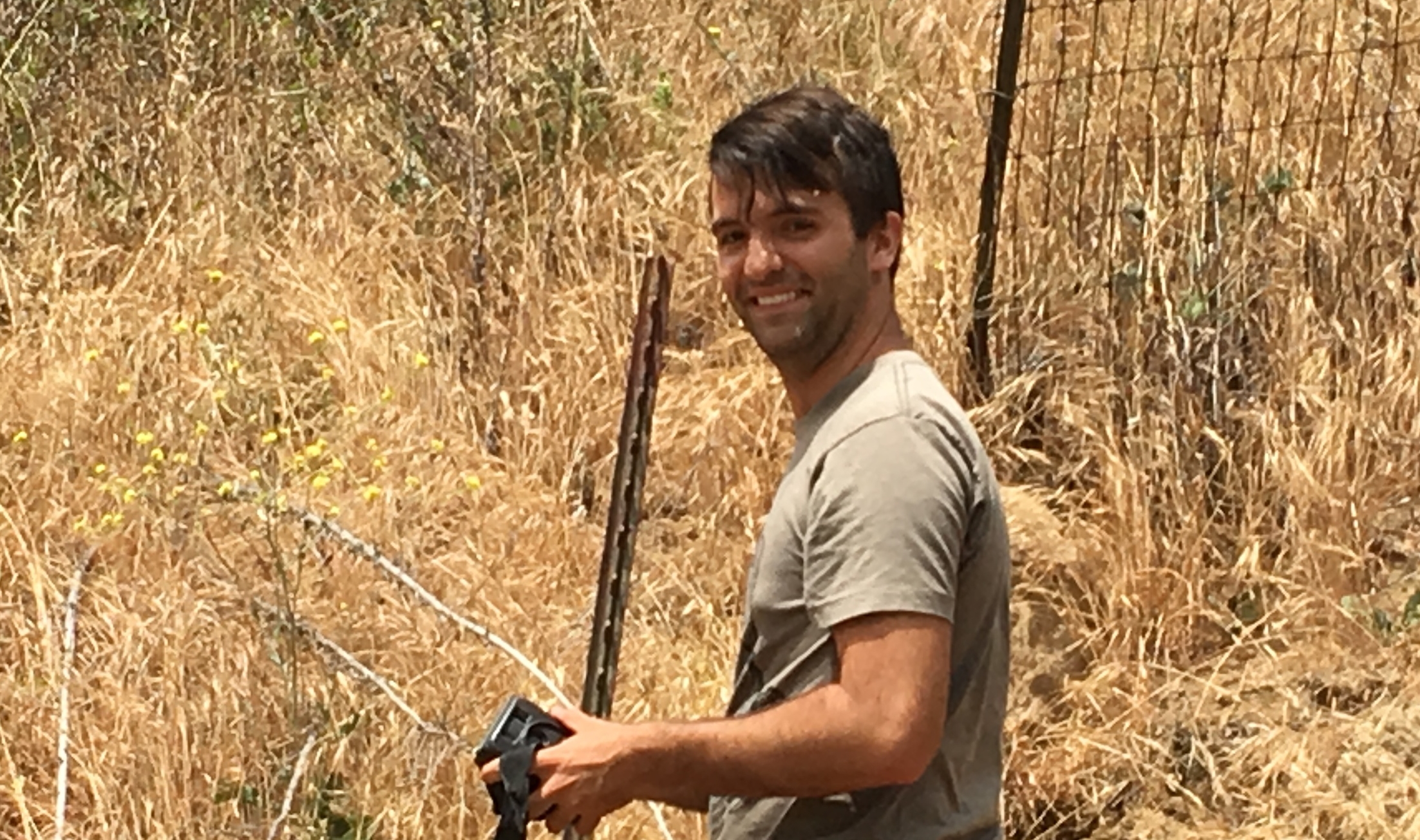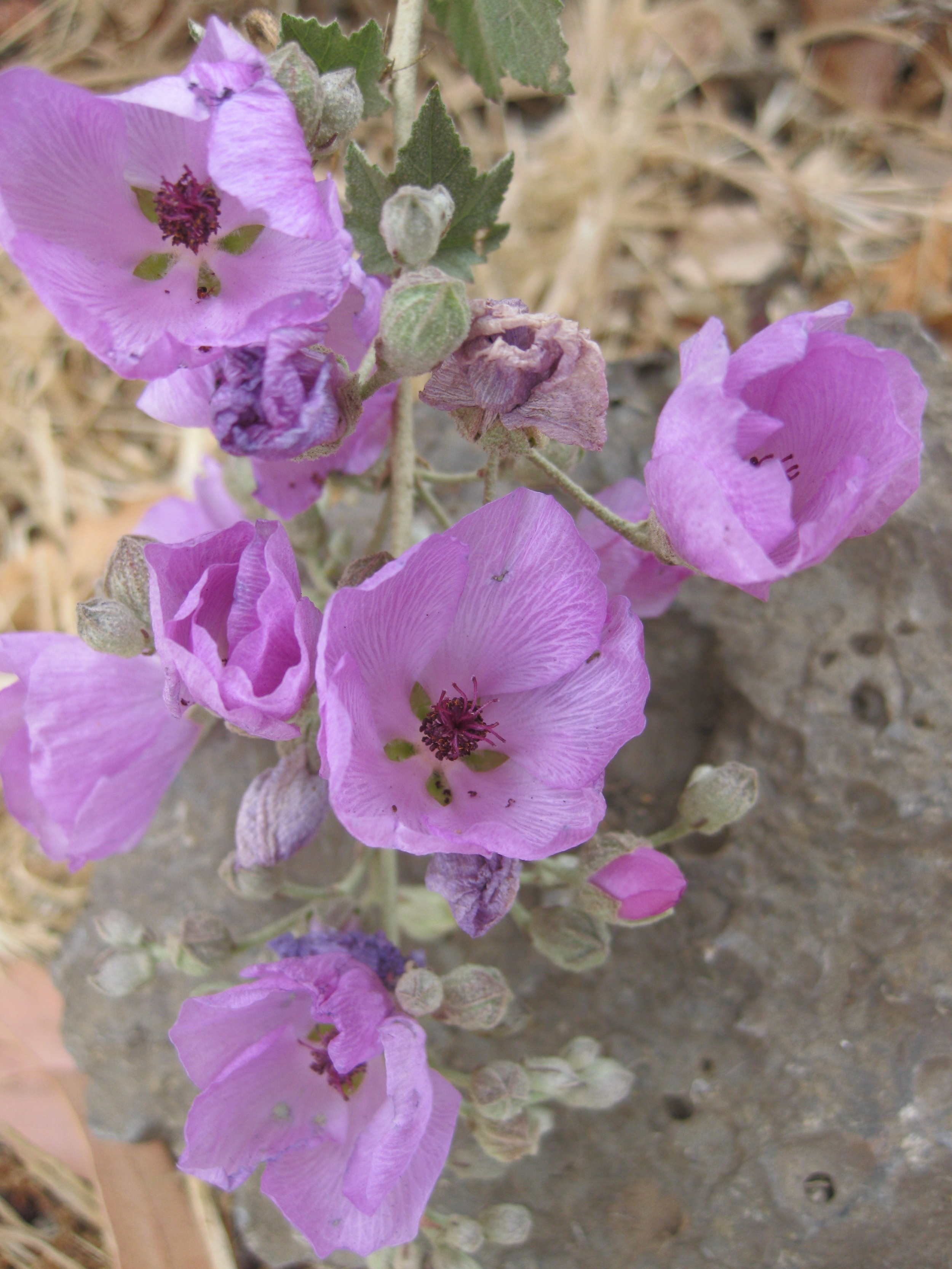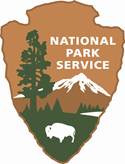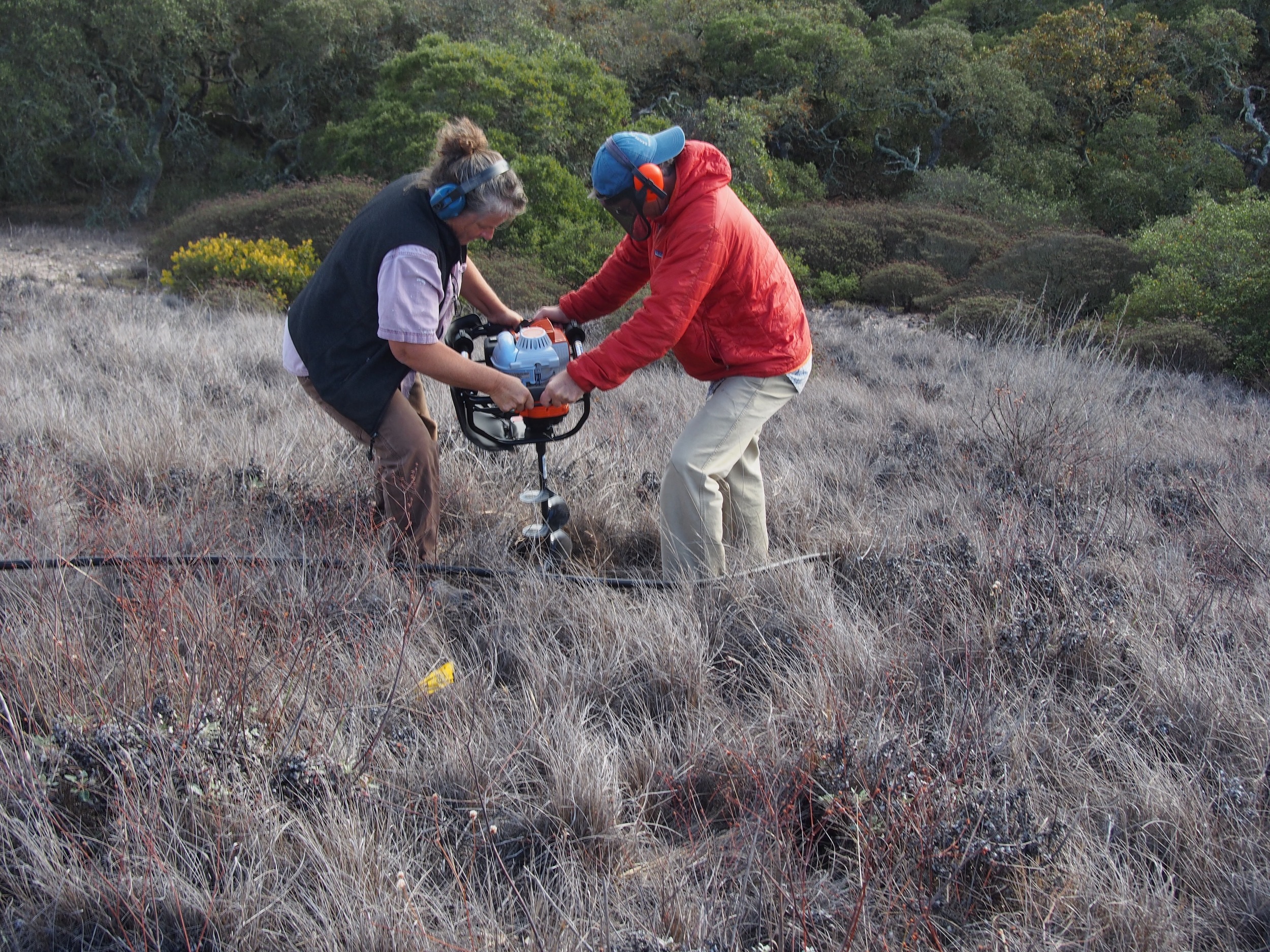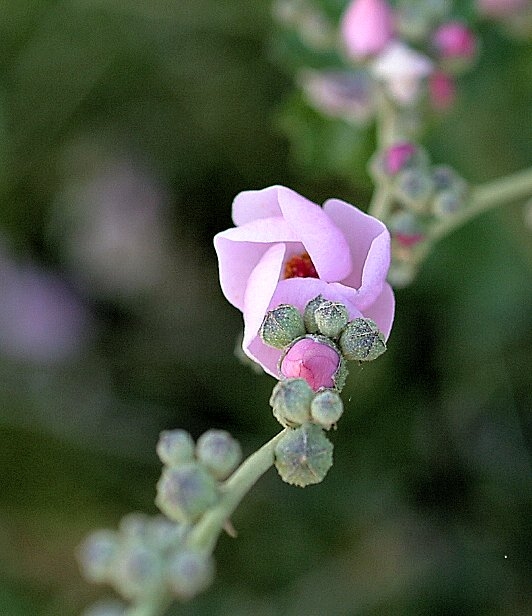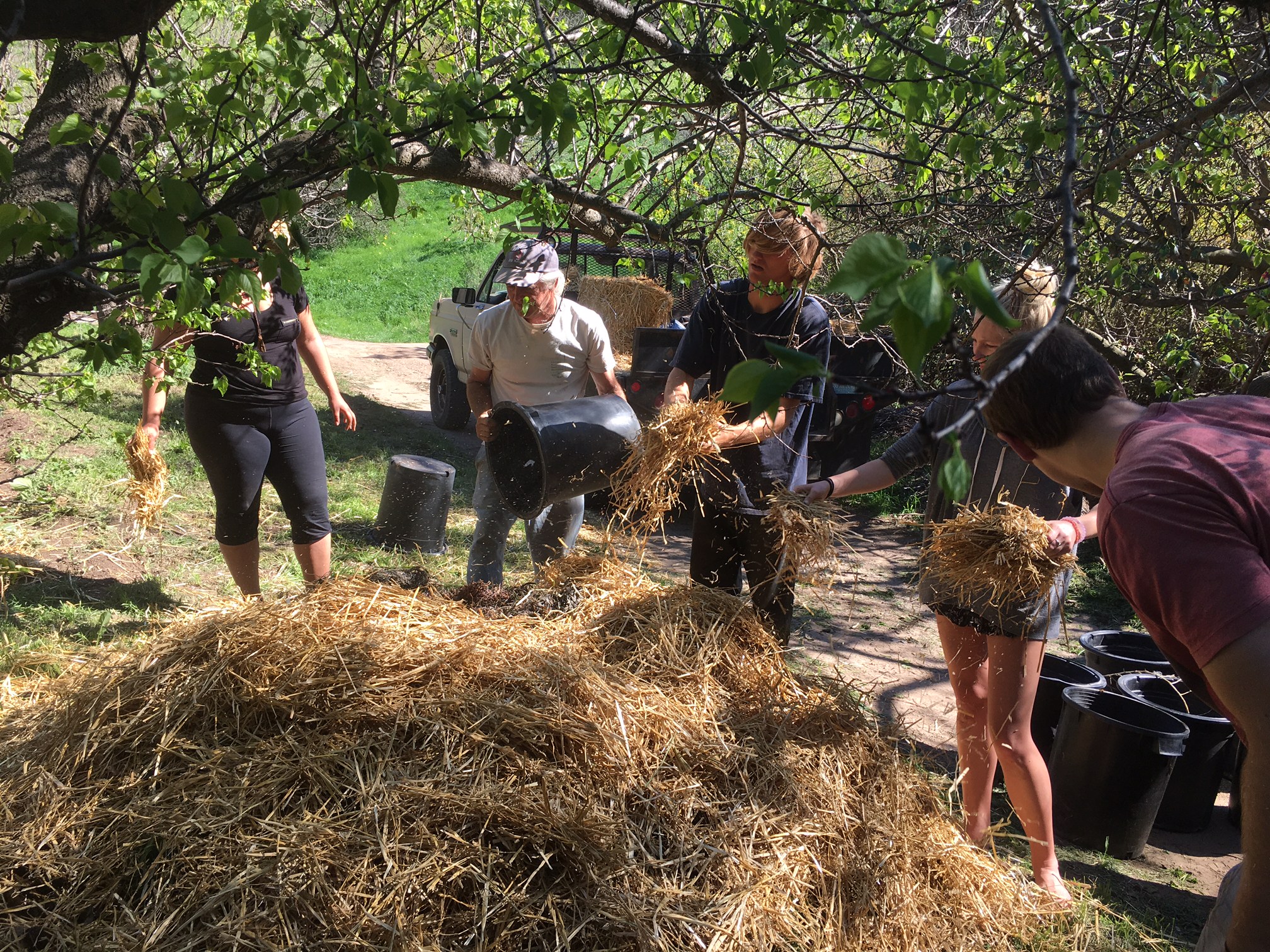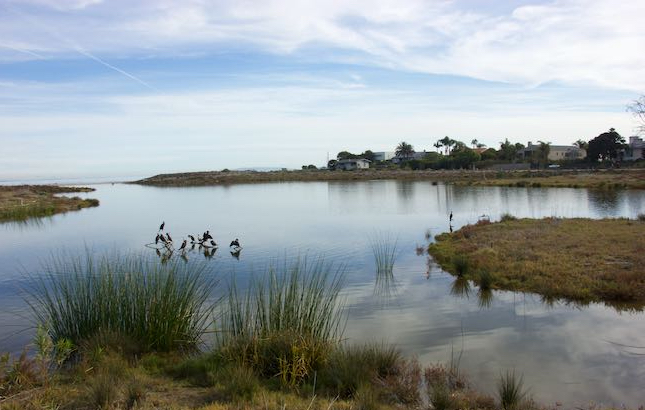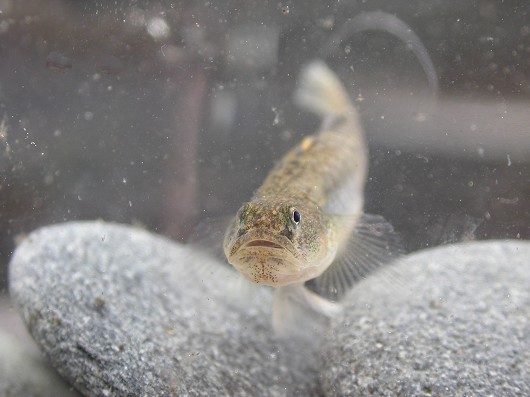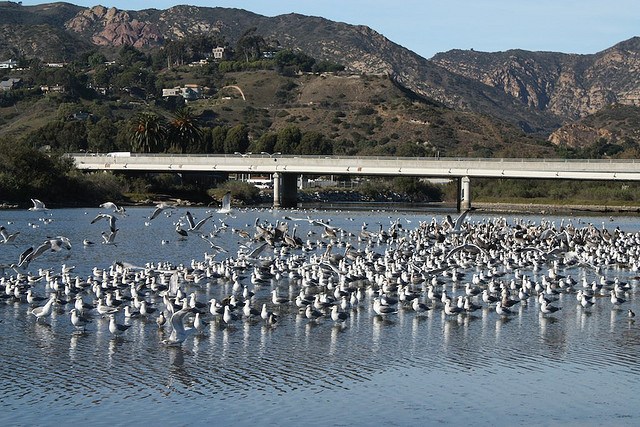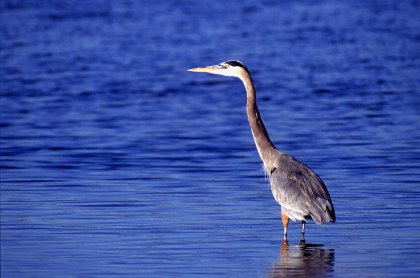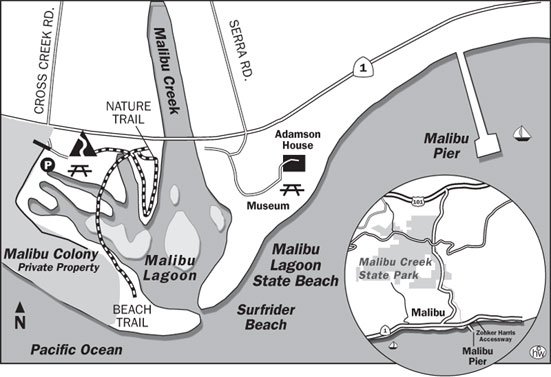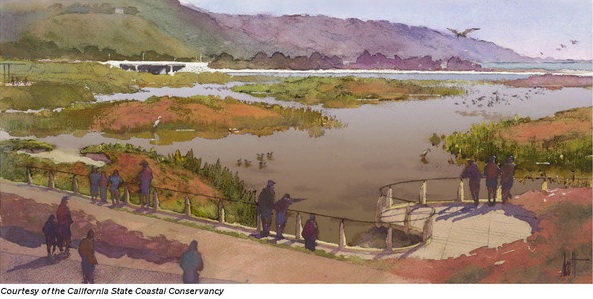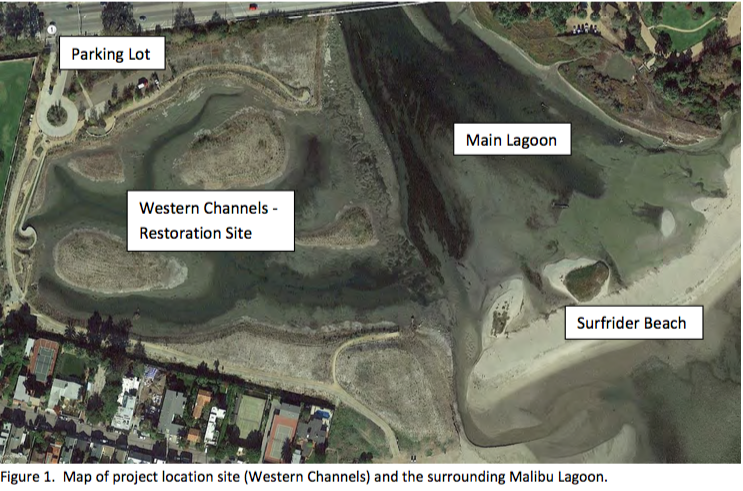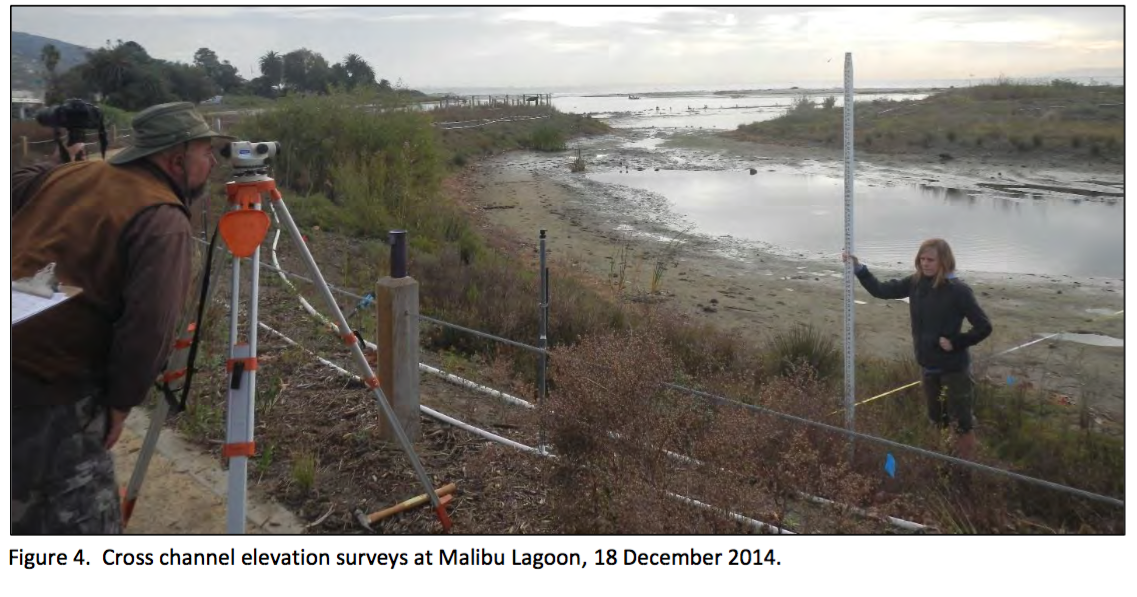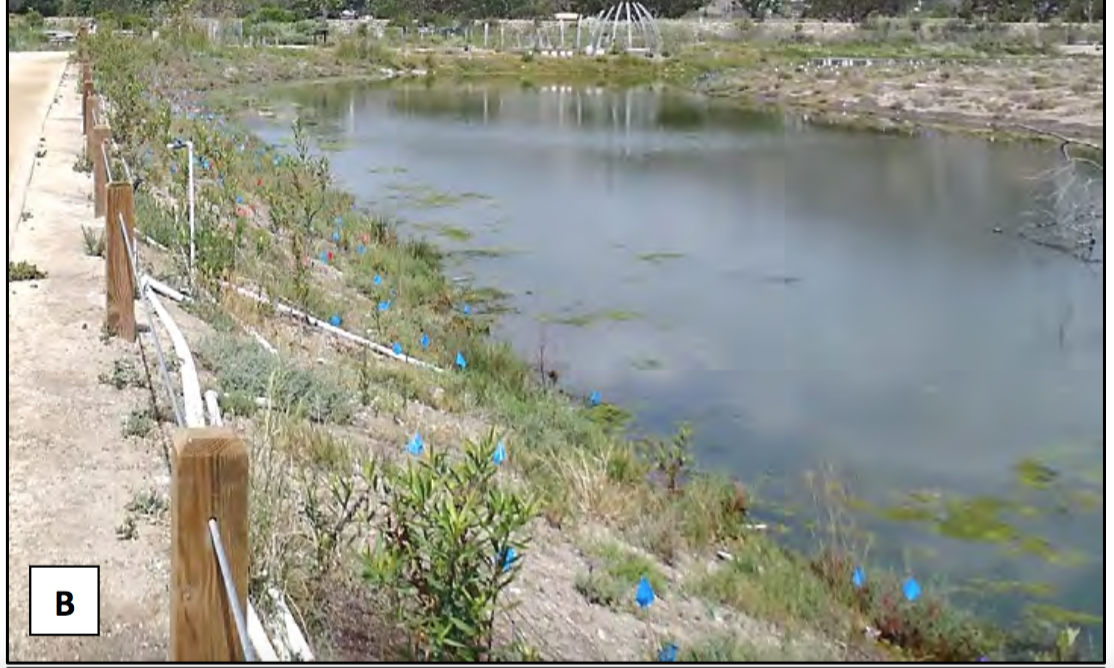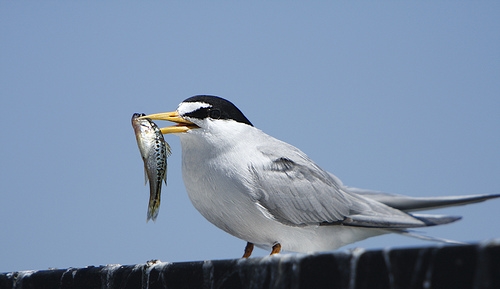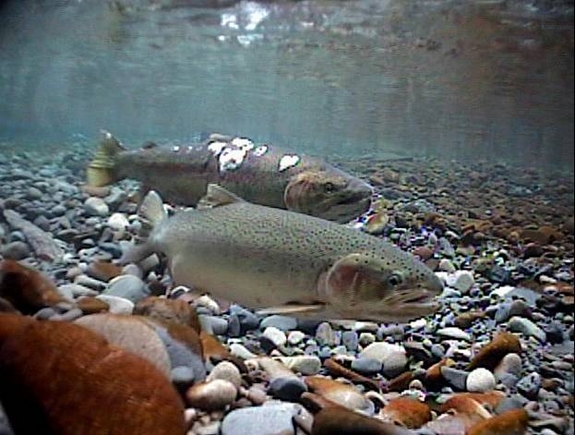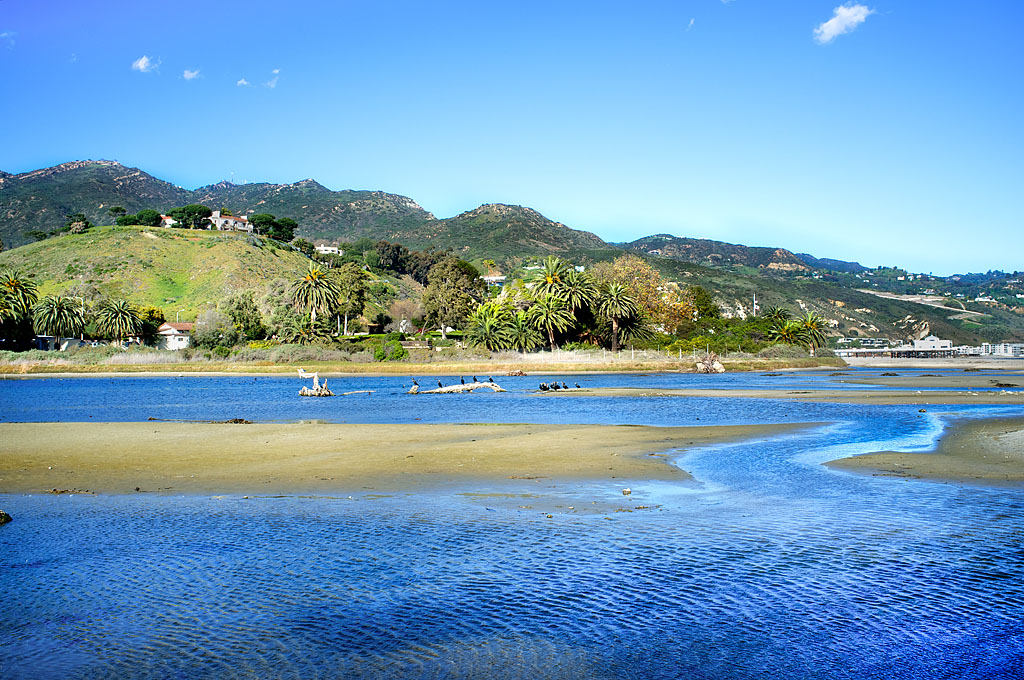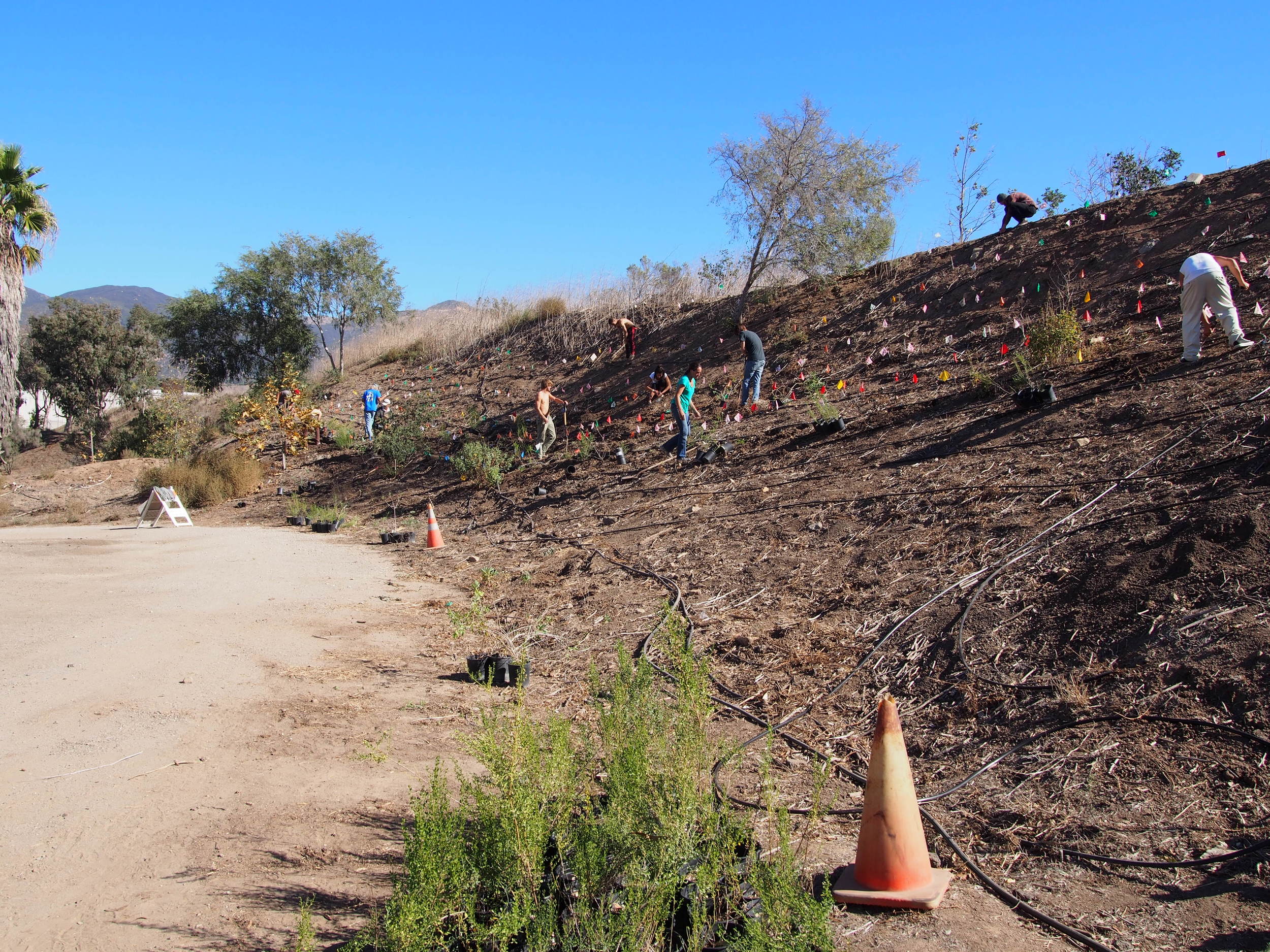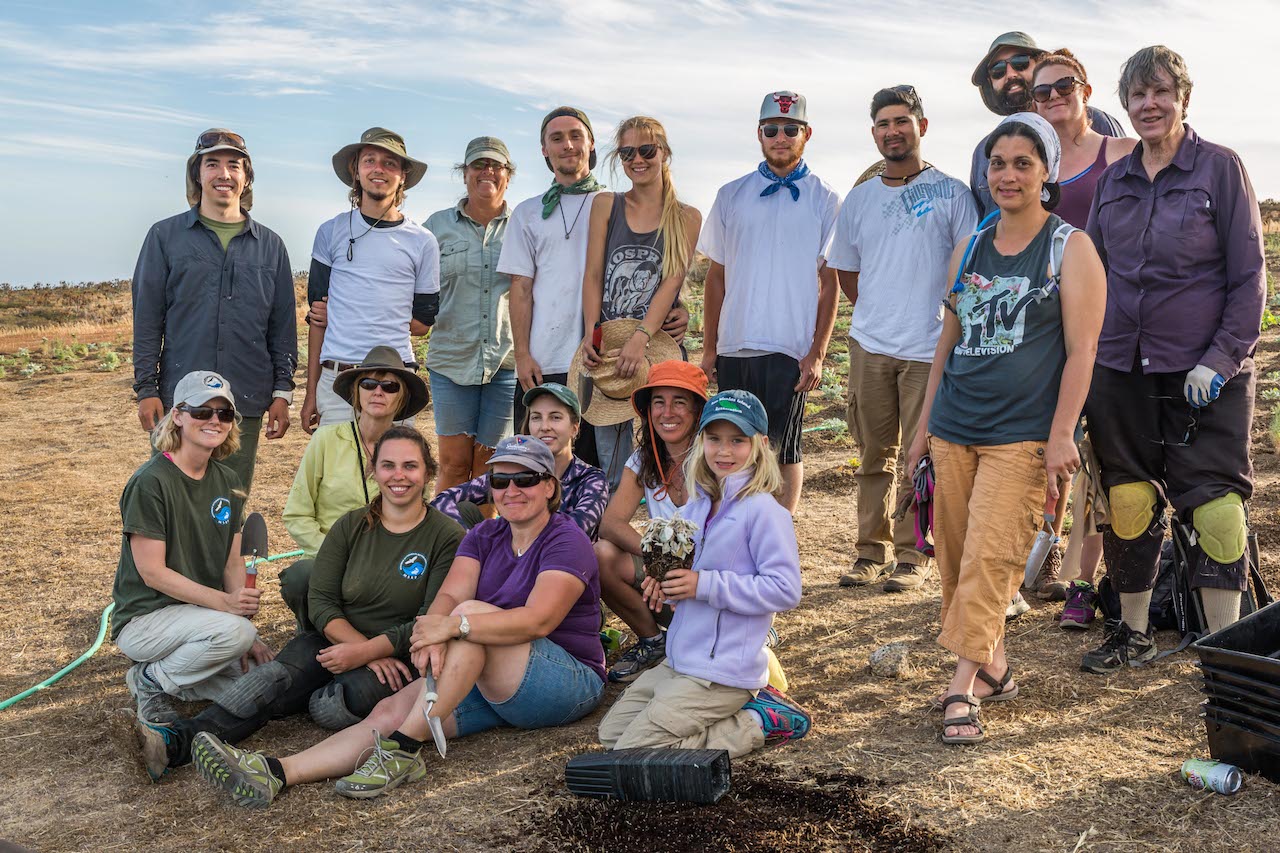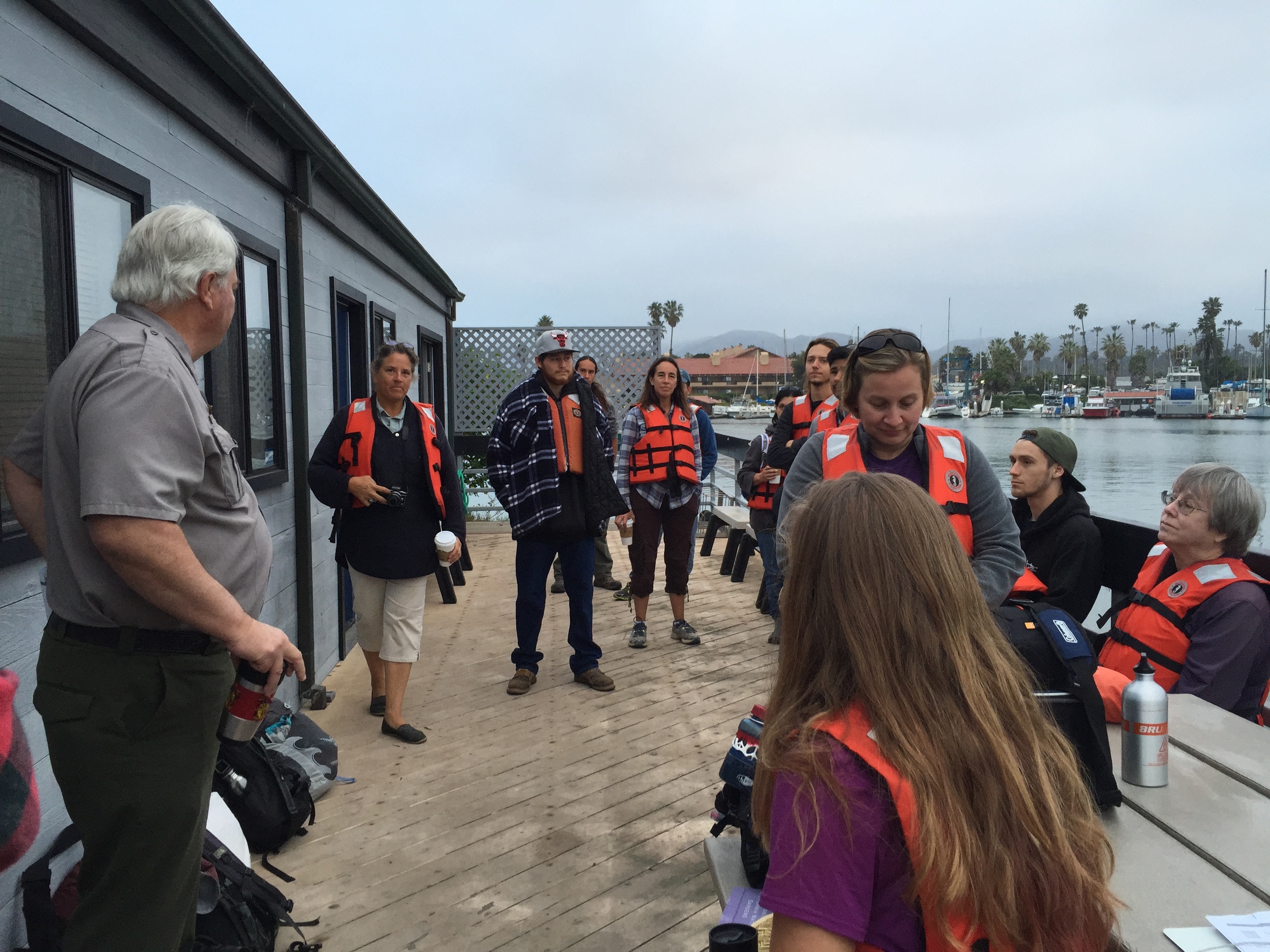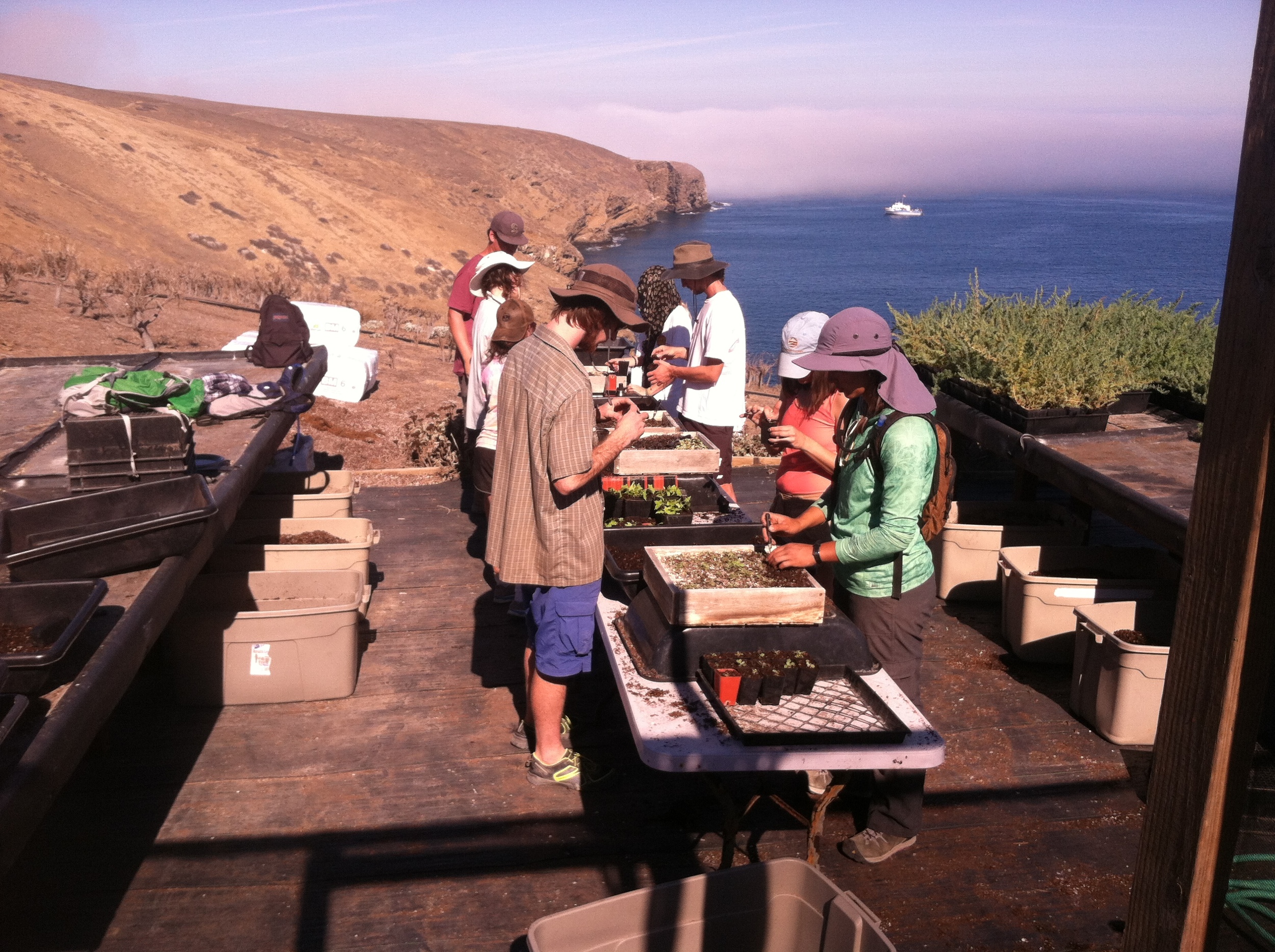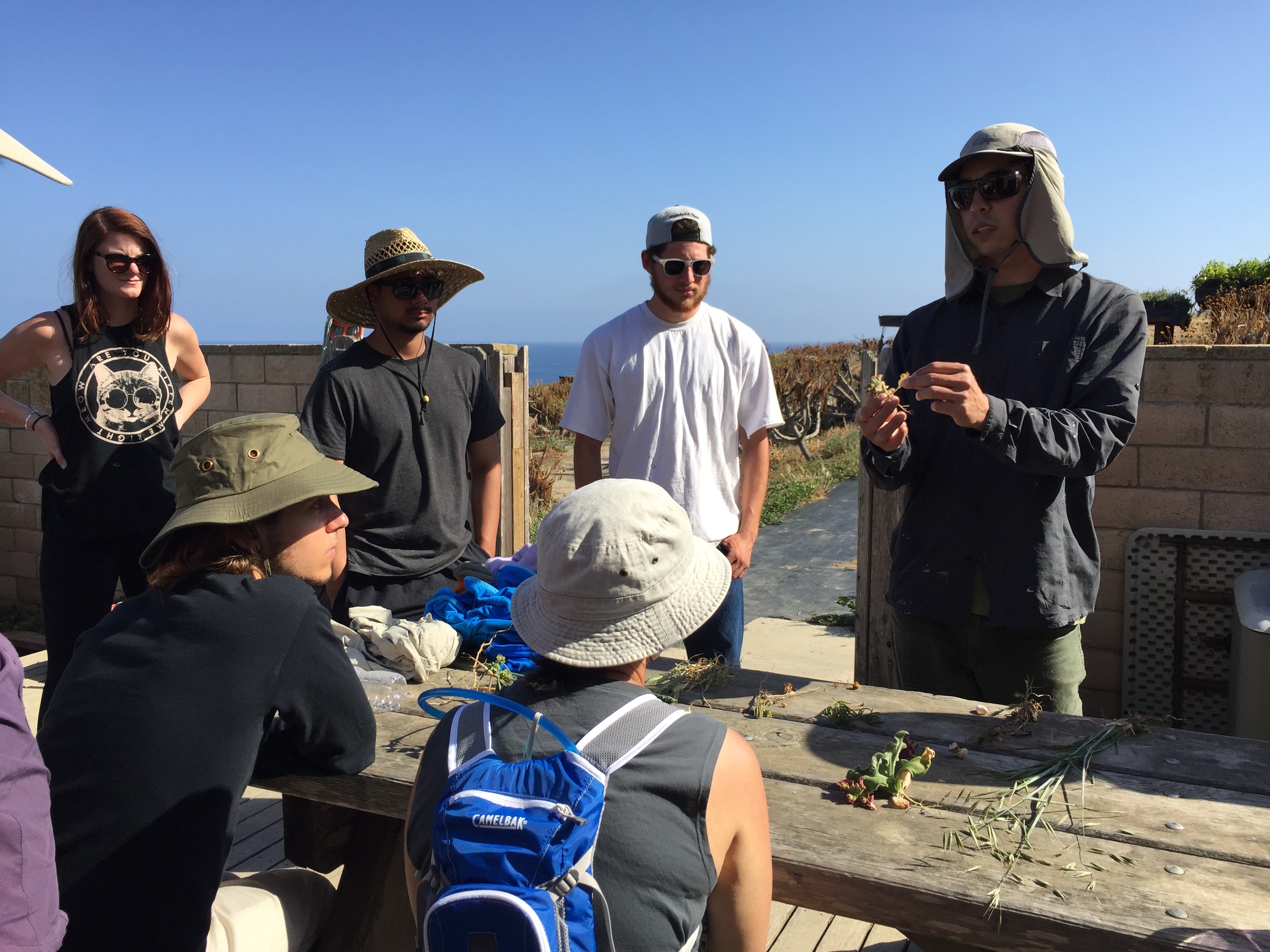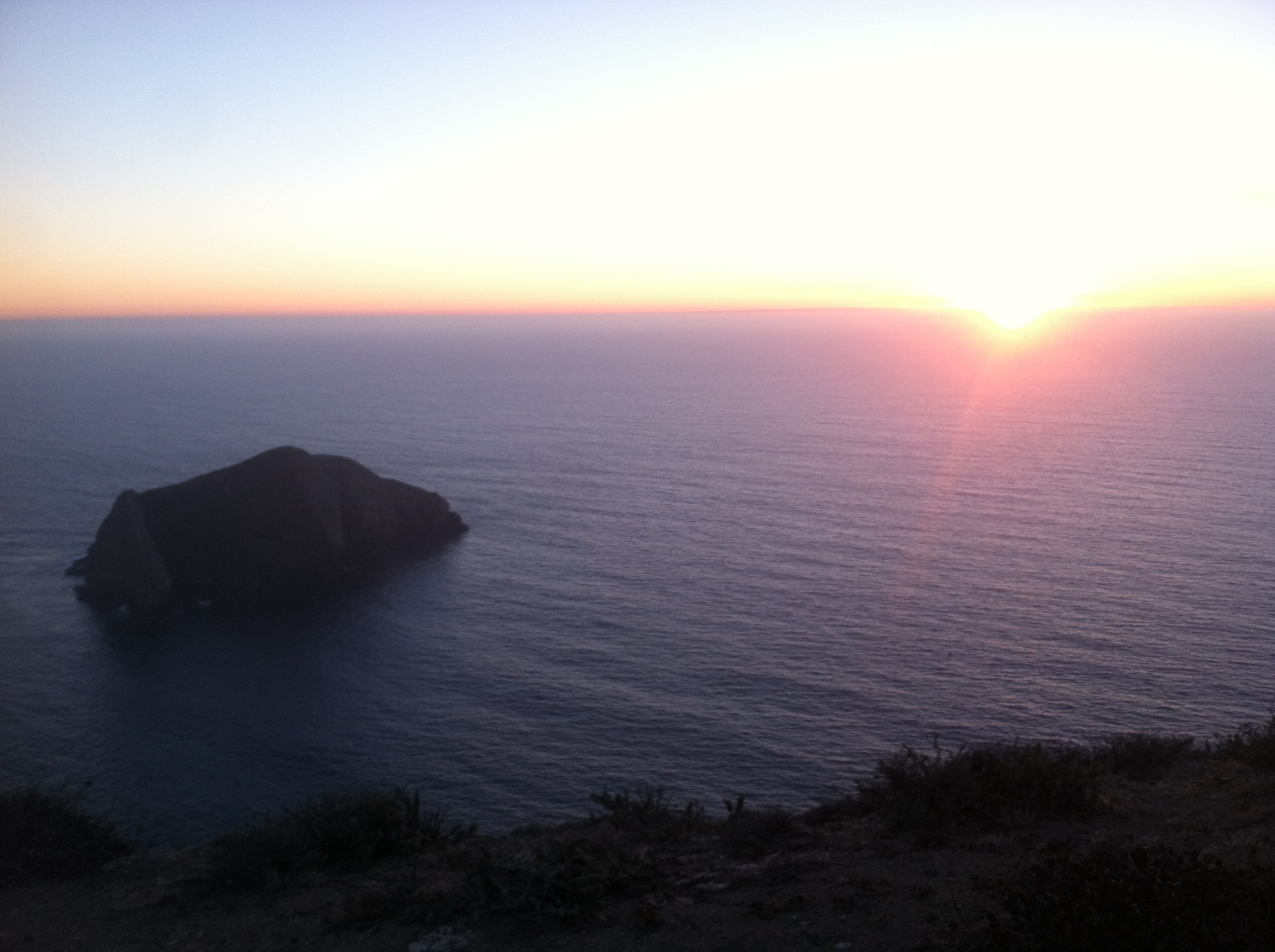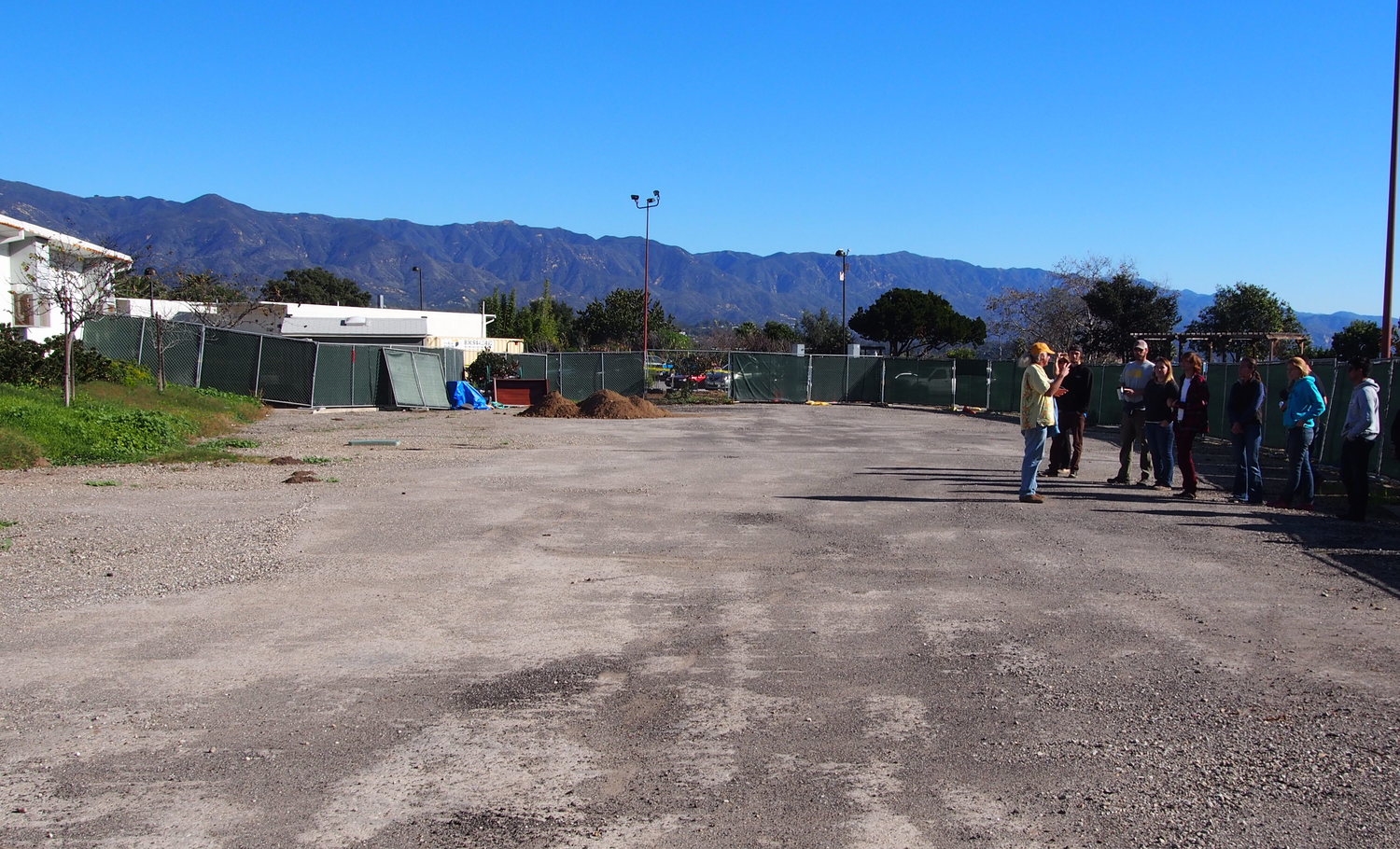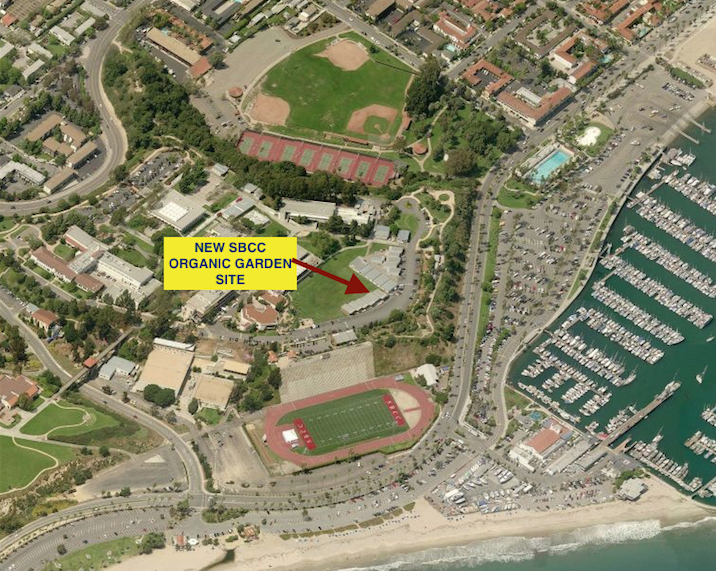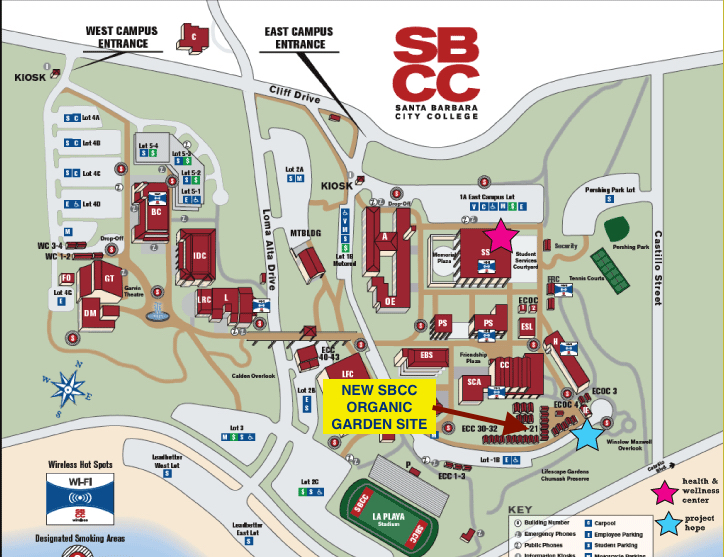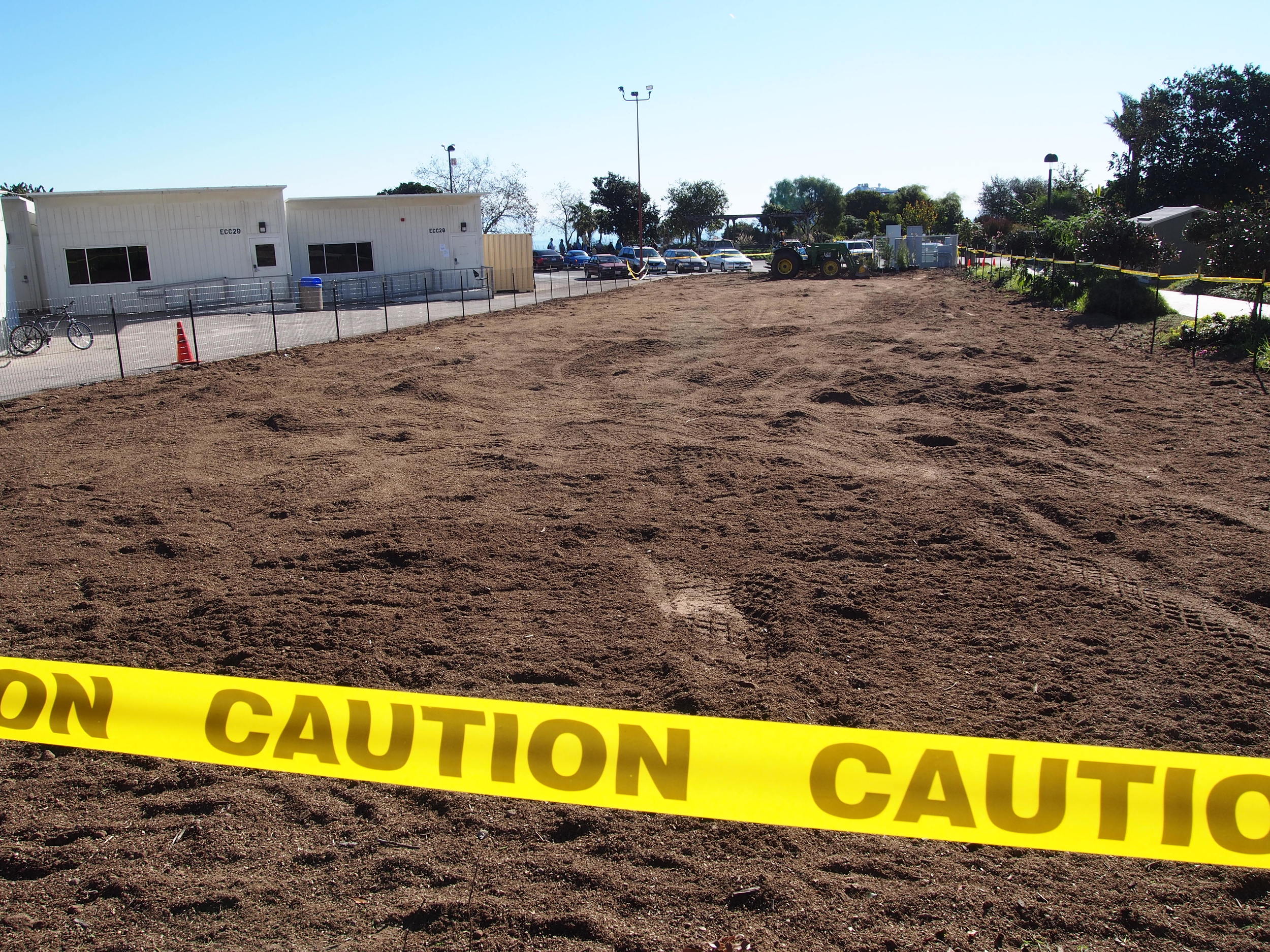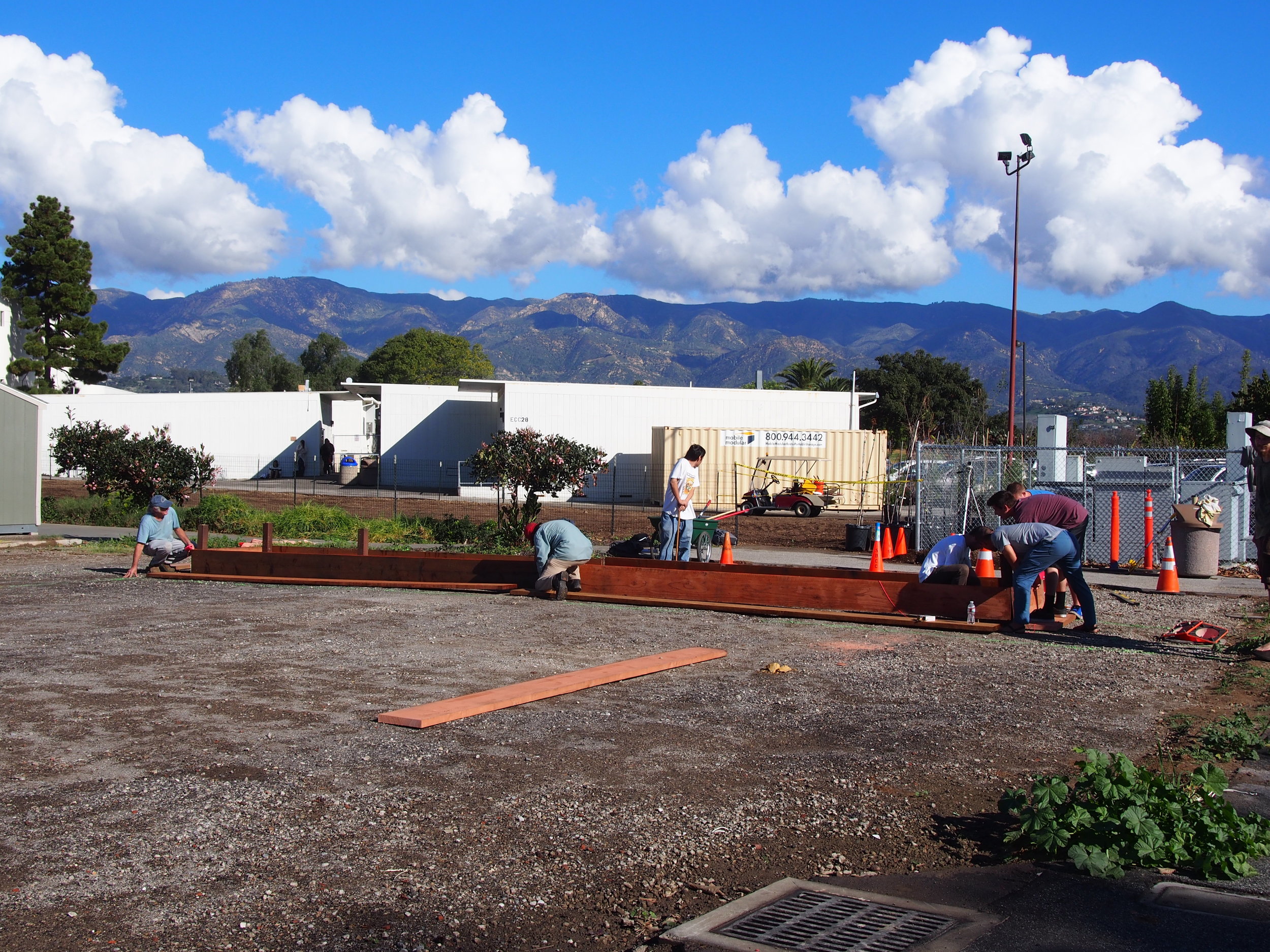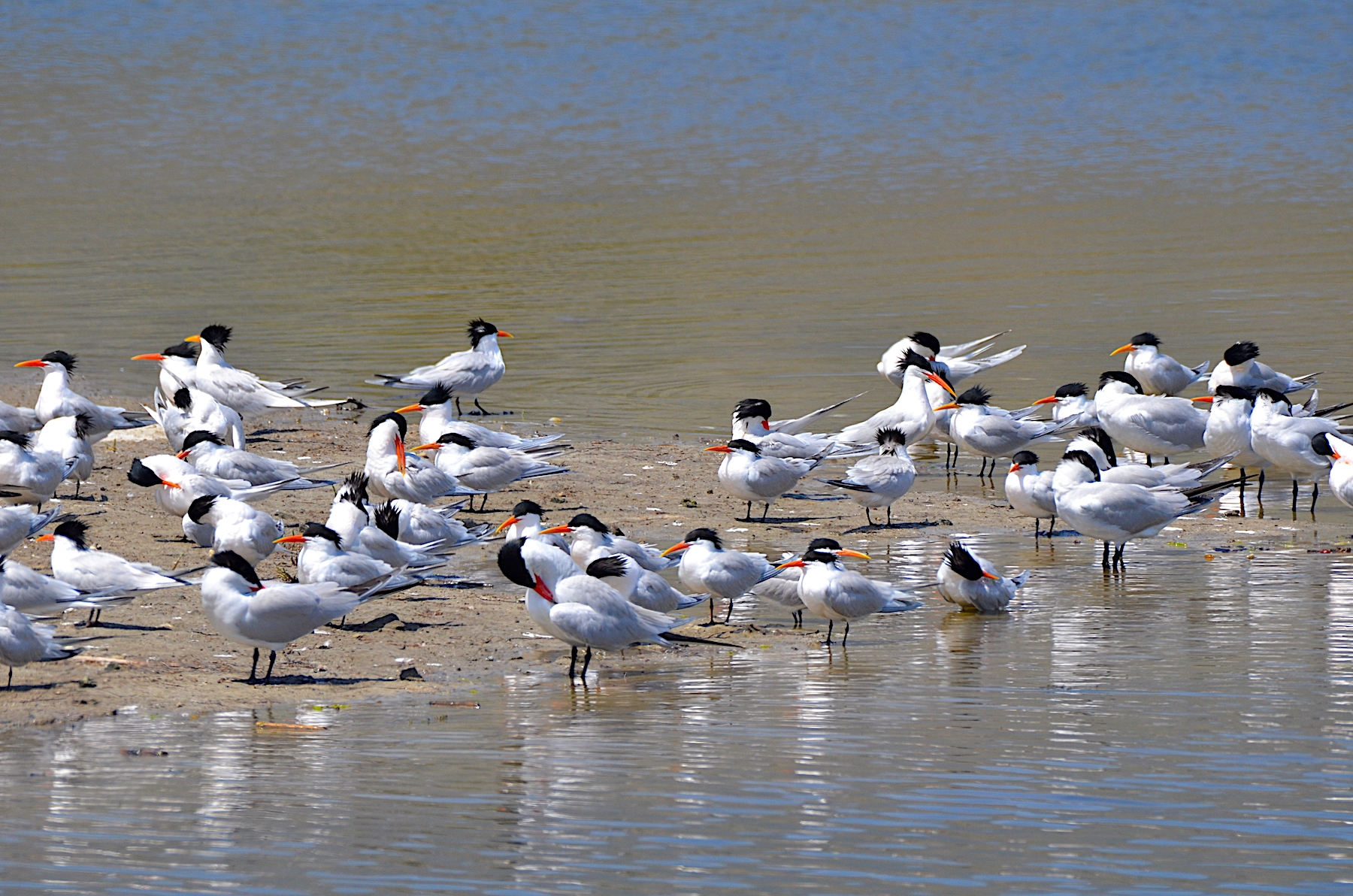
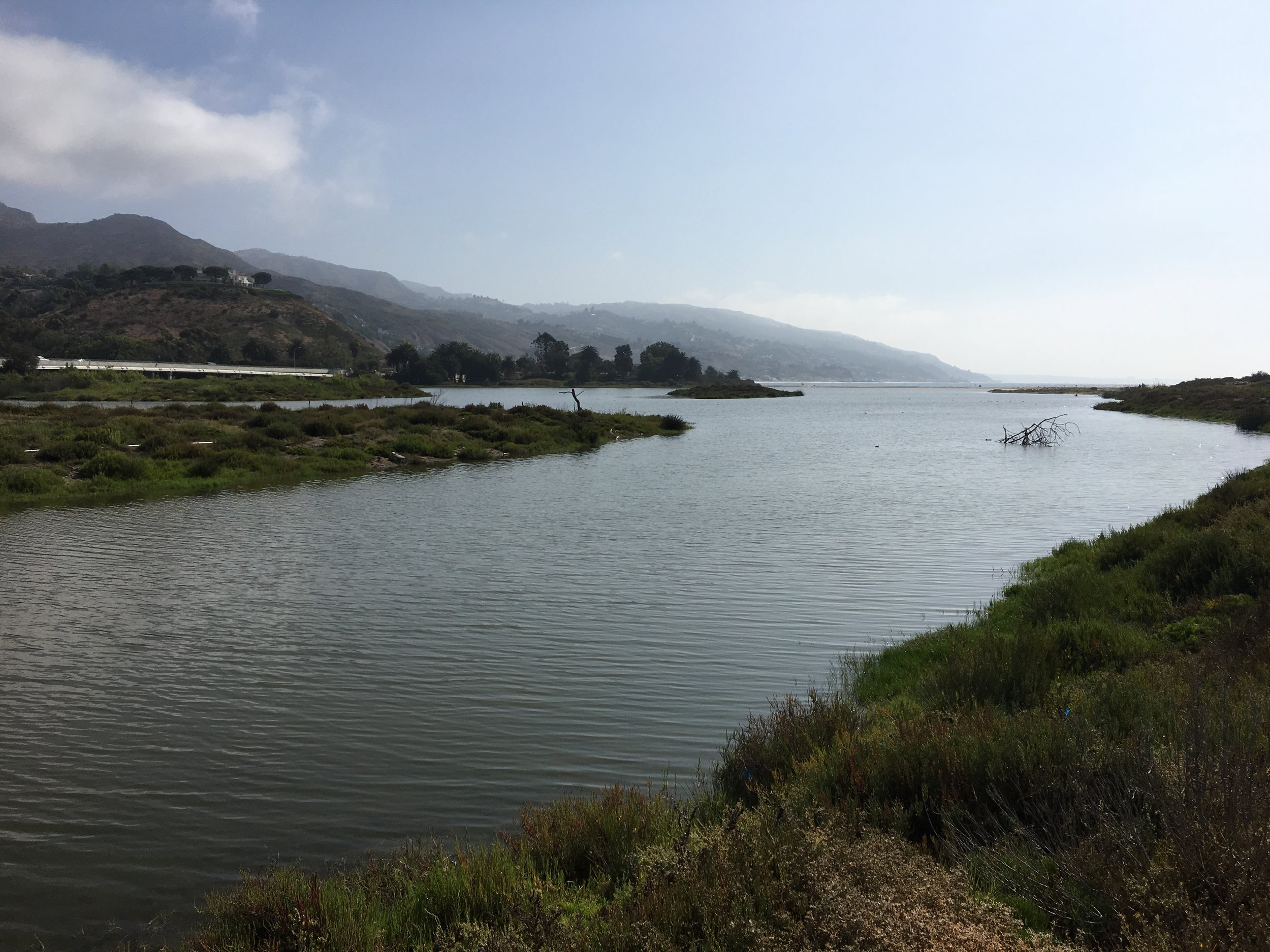


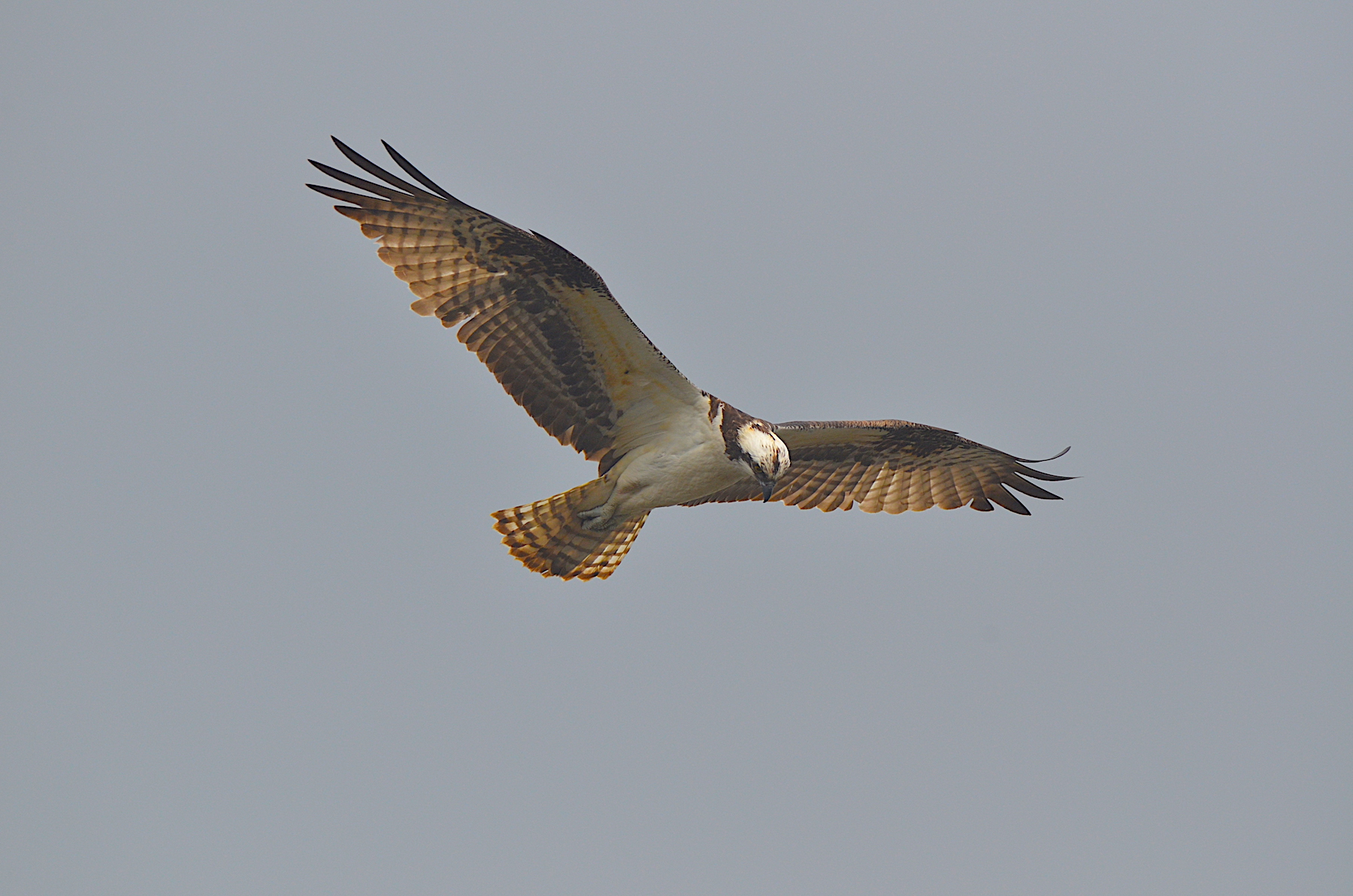
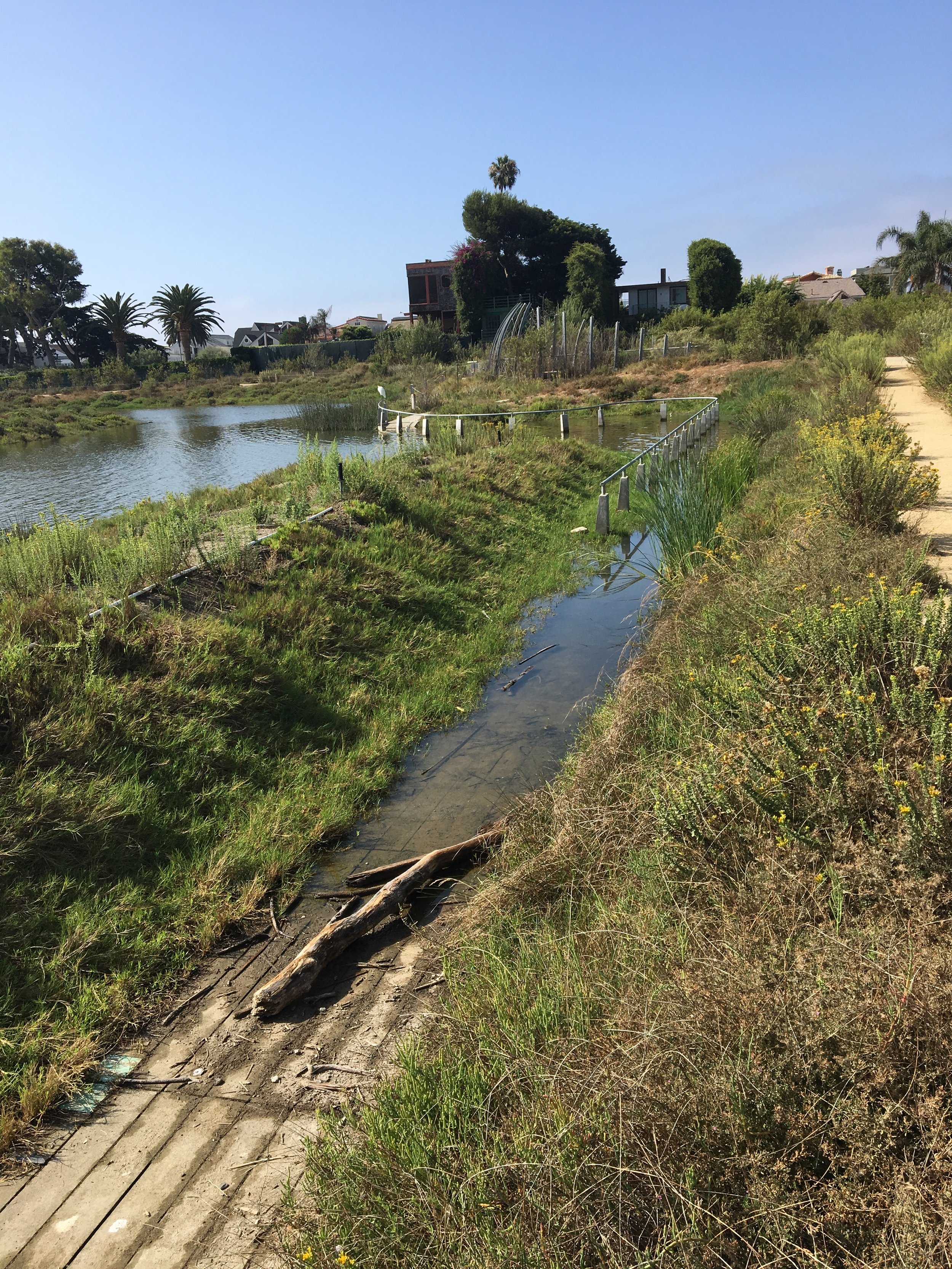
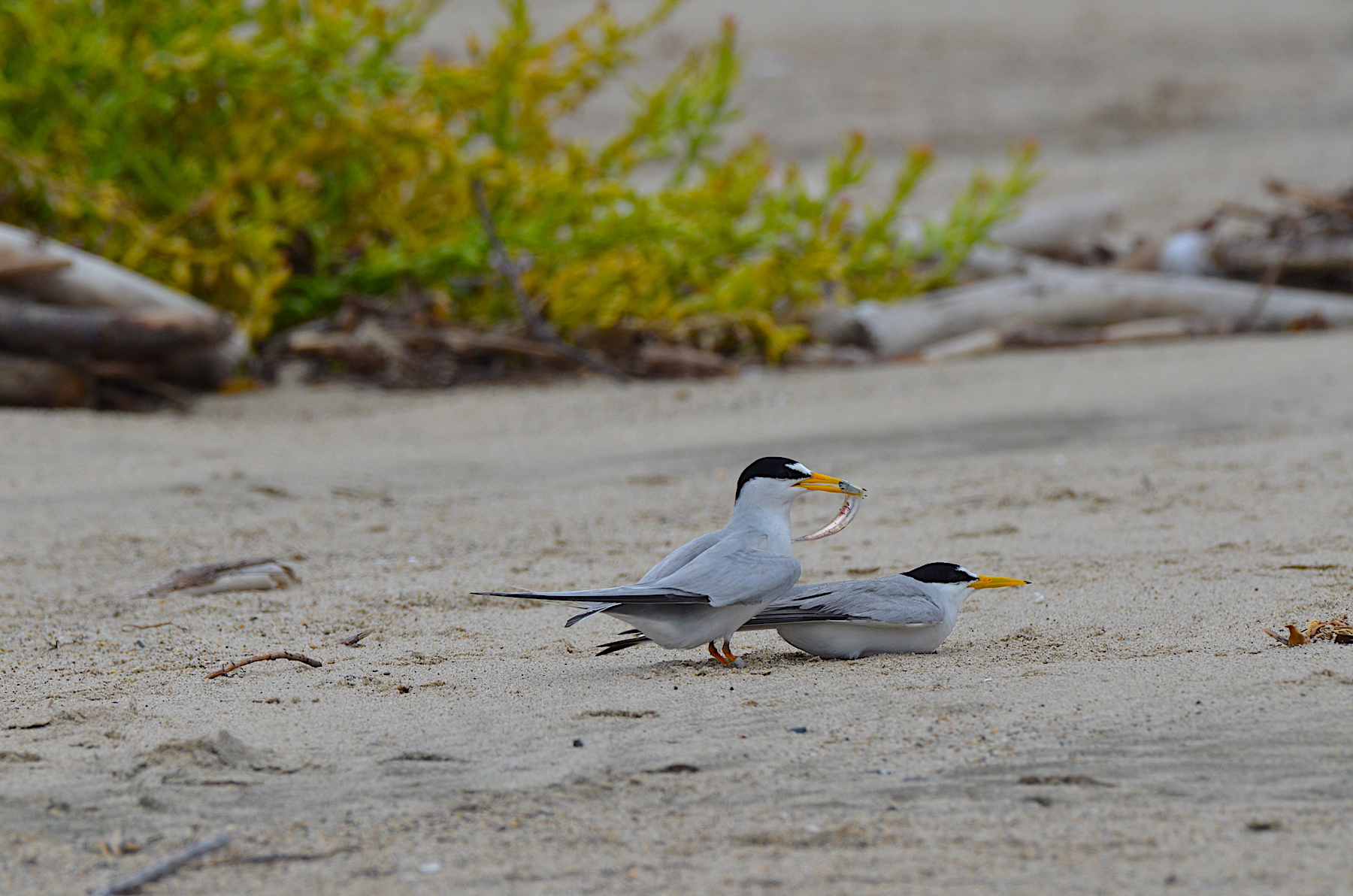
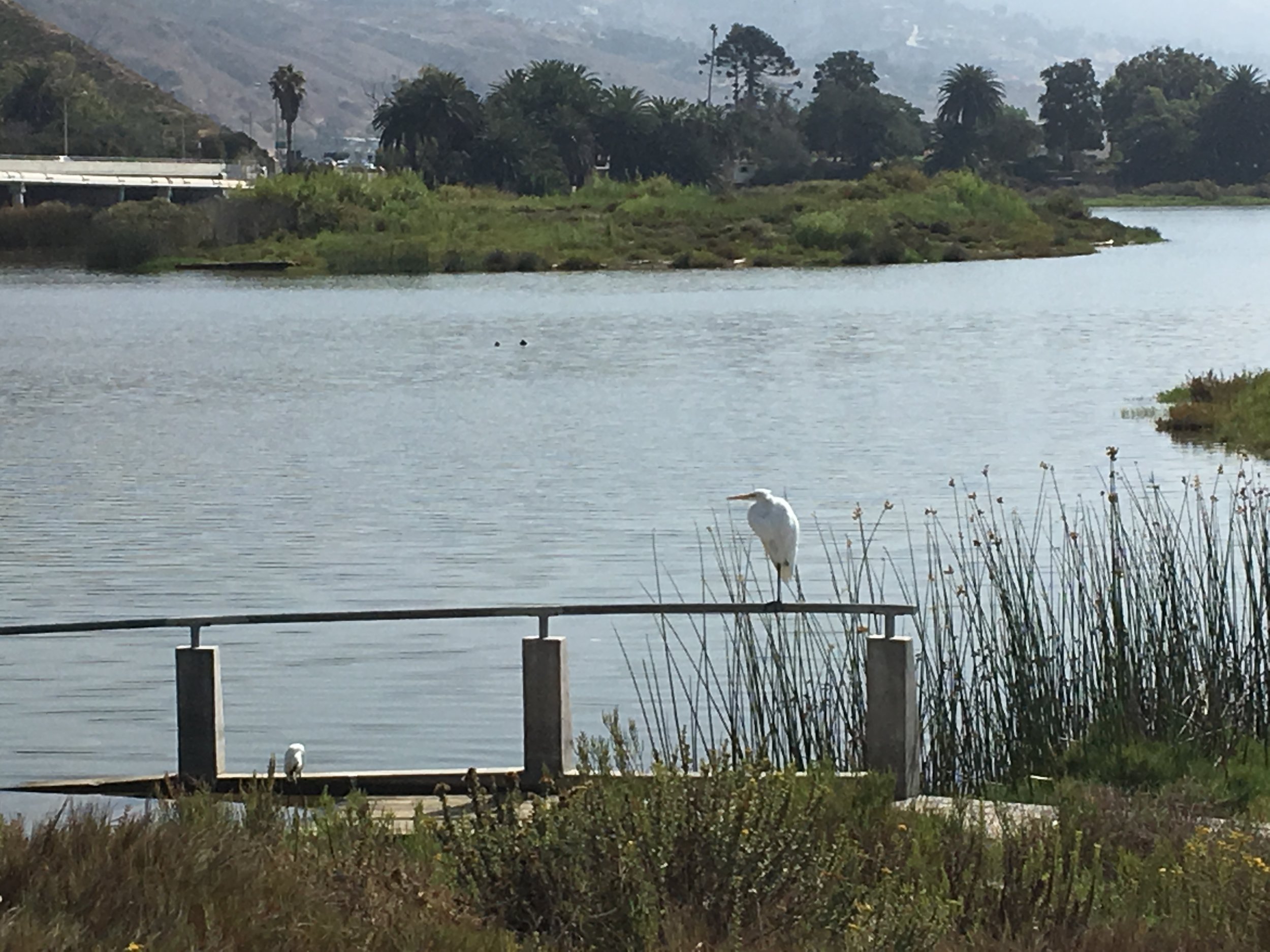

One and half million visitors flock to Malibu Lagoon and adjoining Surfrider Beach each year…and that’s not counting the birds! With the extensive restoration completed in 2013 and four years of plant growth, the Malibu Lagoon ecosystem is attracting birds and other wildlife in increasing numbers. Growing Solutions was a key player in the Lagoon restoration, growing over 65,000 native wetland plants and helping plant and maintain them over a two-year period. Our boardmembers Larry Loeher and Grace Murayama are avid birders, regularly monitoring and taking photos for the Santa Monica Bay and Los Angeles Audubon Societies. Least Terns and Snowy Plovers are again successfully nesting (after a 68-year absence) near the lagoon, tucked away in the sandy flats between the Lagoon and the Shore, and hopefully staying on the right side of the construction fencing put up to protect them from wandering dogs and beachgoers. We are pleased to see The Bay Foundation getting volunteers on-site to weed and maintain the site. For a recent article about protecting and respecting nesting seabirds in the Malibu Surfside News, Click Here! Photos used with permission by Larry Loeher.

